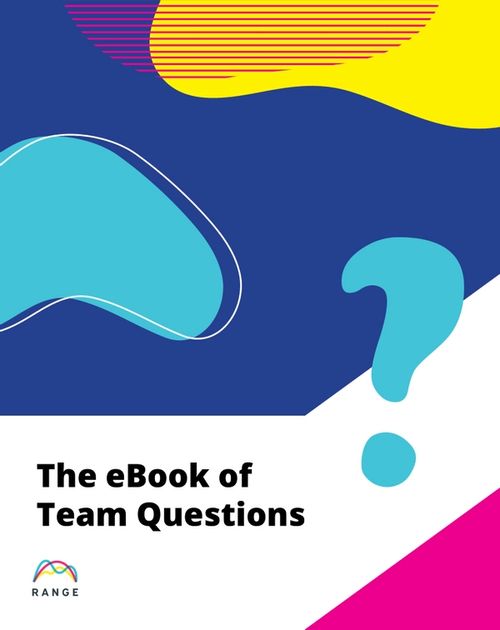
We’ve all been there: that feeling when someone says thank you but all you hear is "your work doesn’t really matter." It shows up with the infamous “tx” after that late-night email thread. Or the after-meeting “thanks” with absolutely, positively no eye contact. Or the thank you that was never actually stated — they just assumed you knew.
Inauthentic gratitude is awful. I swear, you can almost hear the souls being sucked away. 😱
But here’s the thing: gratitude is incredibly powerful when it’s done well. And it's a hallmark of highly effective teams.
Gratitude is shown to have big benefits for your personal health: increasing positive emotions, heightening life satisfaction, and lowering "negative" emotions like depression, anxiety, and envy. It kind of sounds like a miracle drug, right? ✨
And for companies, these benefits are even more impactful. Gratitude at work increases job satisfaction and creates an environment where employees act as good citizens, working towards the common good, not just individual success. And, gratitude is powerful in building trust, which leads to cultural resilience when a team hits harder times.
So, how can we express gratitude in a meaningful way? How do we build a culture of gratitude so expressing gratitude is easy?
Make gratitude personal
It’s easy to think that gratitude should be oriented around the company as a whole or around team efforts, but cultures of gratitude start at the individual level. First, individual employees experience gratitude around events. For example, small moments in time where they give or receive gratitude. From there, individuals start to build a mindset of gratitude — what researchers call "persistent gratitude."
And this is where it gets good: persistent gratitude in individuals is what creates the collective, company-wide mindset and culture of gratitude. This works because gratitude is inherently relational — you show appreciation for someone else, which builds a stronger relationship. As this happens repeatedly across a company, the network of relationships built on gratitude grows.
What does this mean in practice? Share individual, personalized gratitude with your team. Being personal is important because people give and receive gratitude in different ways (a la the 5 Love Languages).
I recently polled my own team to ask how they prefer to be thanked and got myriad answers ranging from handwritten thank you notes to having someone show attention to them or having their experience and learnings be clearly valued. So if you want your teammate to feel the gratitude you have for their work, you need to be mindful of how they want to receive it. Asking them is the easiest way to find out.

Download our free eBook on Team Questions
Make gratitude frequent
Counter to conventional wisdom that gratitude is only meaningful when it’s scarce, gratitude is most impactful when it’s "[frequent and intense]."
Research into emotions, including gratitude, shows that high-intensity and frequent expressions have the most impact. This lines up with research on feedback that shows the amount of positive feedback should far outweigh the amount of constructive feedback.
In practice, you have to make gratitude a habit, so it happens frequently and isn’t heavyweight for you or your team. Companies often implement lightweight gratitude through systems for shoutouts or peer bonuses.
At the team level, a daily process for gratitude helps your team build a habit and ensure that gratitude is a frequent occurrence. At Range we build gratitude into our daily written standups by flagging items with [Thanks] or using #Gratitude in check-ins as moments of recognition.
Take time to reflect on gratitude
Gratitude gets more powerful when you ruminate on it.
When researching this post, one of the most surprising things I learned was that gratitude gets more powerful when you ruminate on it. We often think about rumination through a negative light. Late-night anxiety ruminations are never fun. But revisiting positive emotions can be helpful.
The more you reflect on and bask in your positive emotions, like gratitude, the more you experience them. And for teams, the more you reflect on the gratitude you’ve shared, the more the team will feel gratitude, creating a positive cycle.
Weekly team meetings or retrospectives are a great opportunity to reflect on the gratitude that was shared throughout the week. In meetings, you can take a moment to go into more depth about the gratitude you feel towards a teammate.

The benefits of expressing gratitude can’t be overstated. A team that has a culture of gratitude works better together, supports one another’s work, and doesn't focus on transactional interactions.
As the research on gratitude grows, we’re only learning more about its positive impact and the benefits that teams and companies can reap from building a culture of gratitude.
Thank you for reading. I’d love to hear how you and your team share gratitude. Feel free to reach out on Twitter @upstartgirl.








